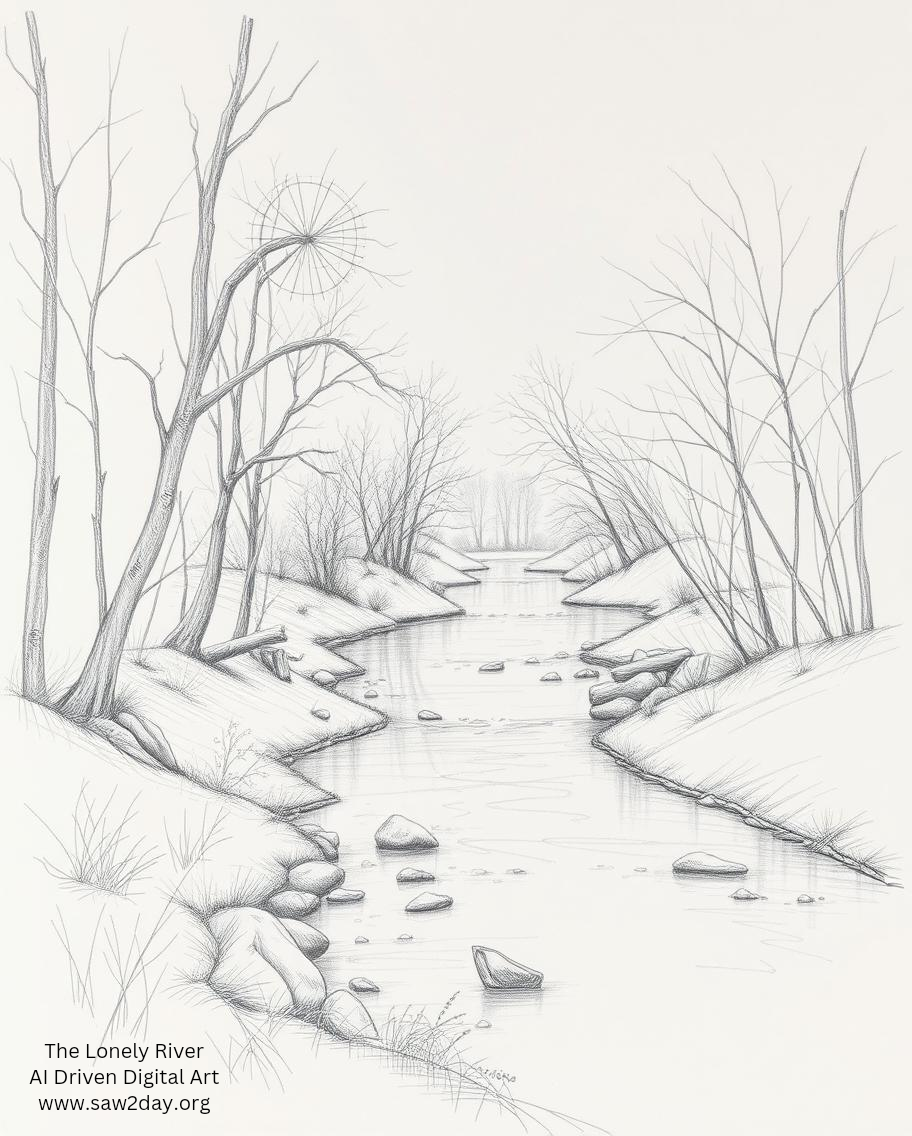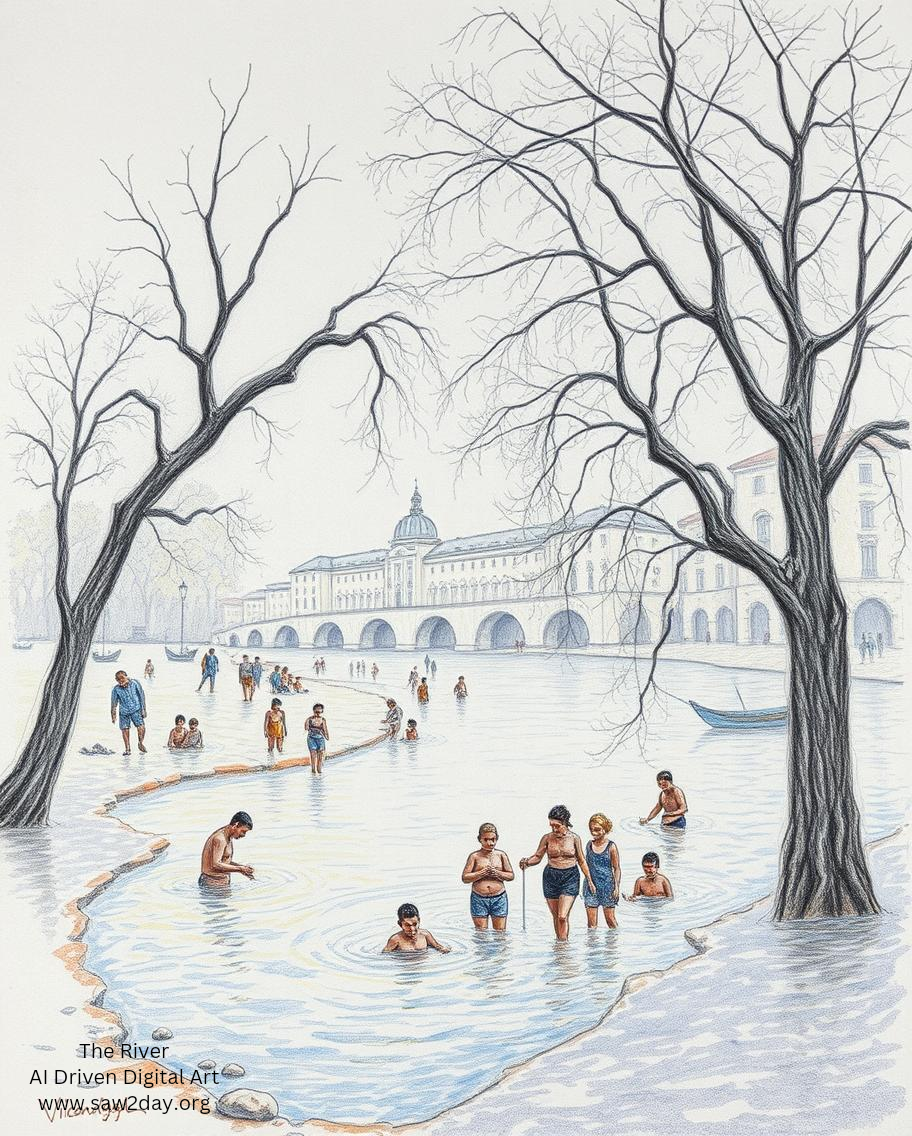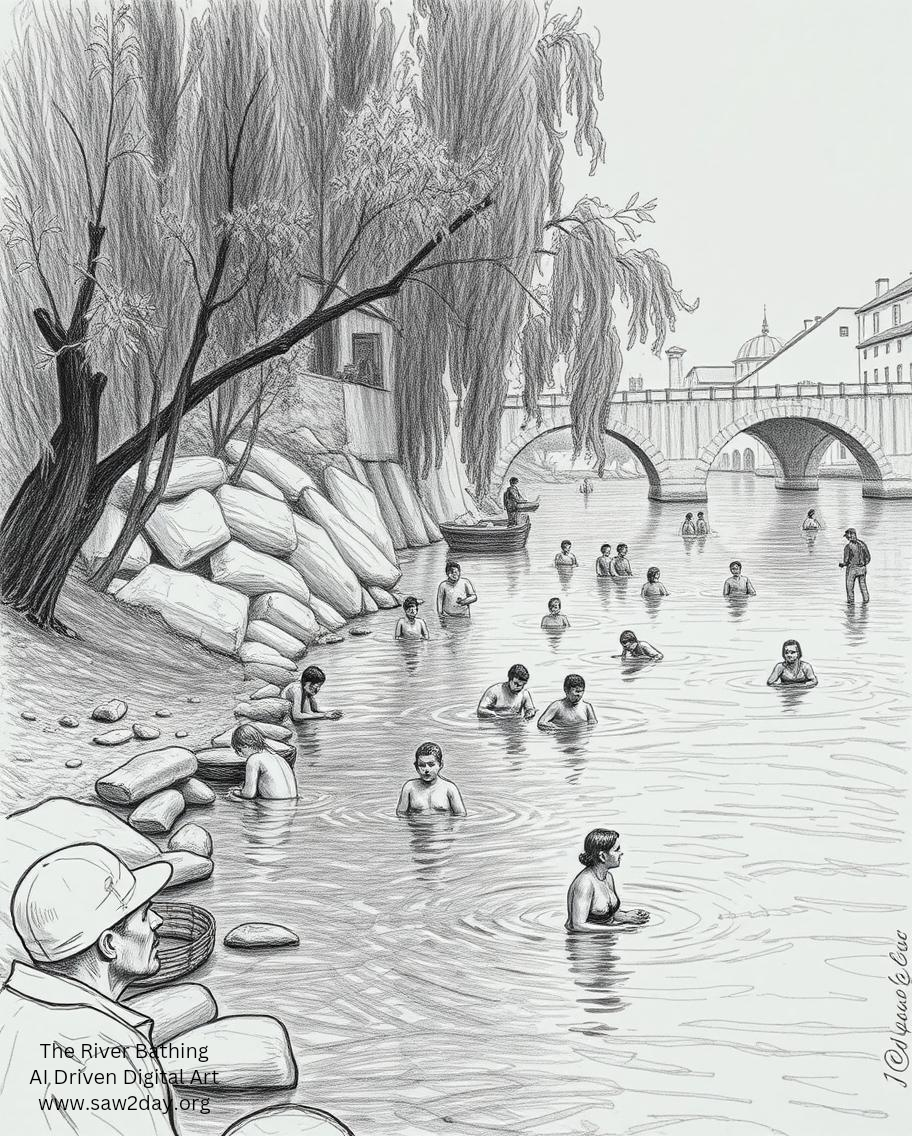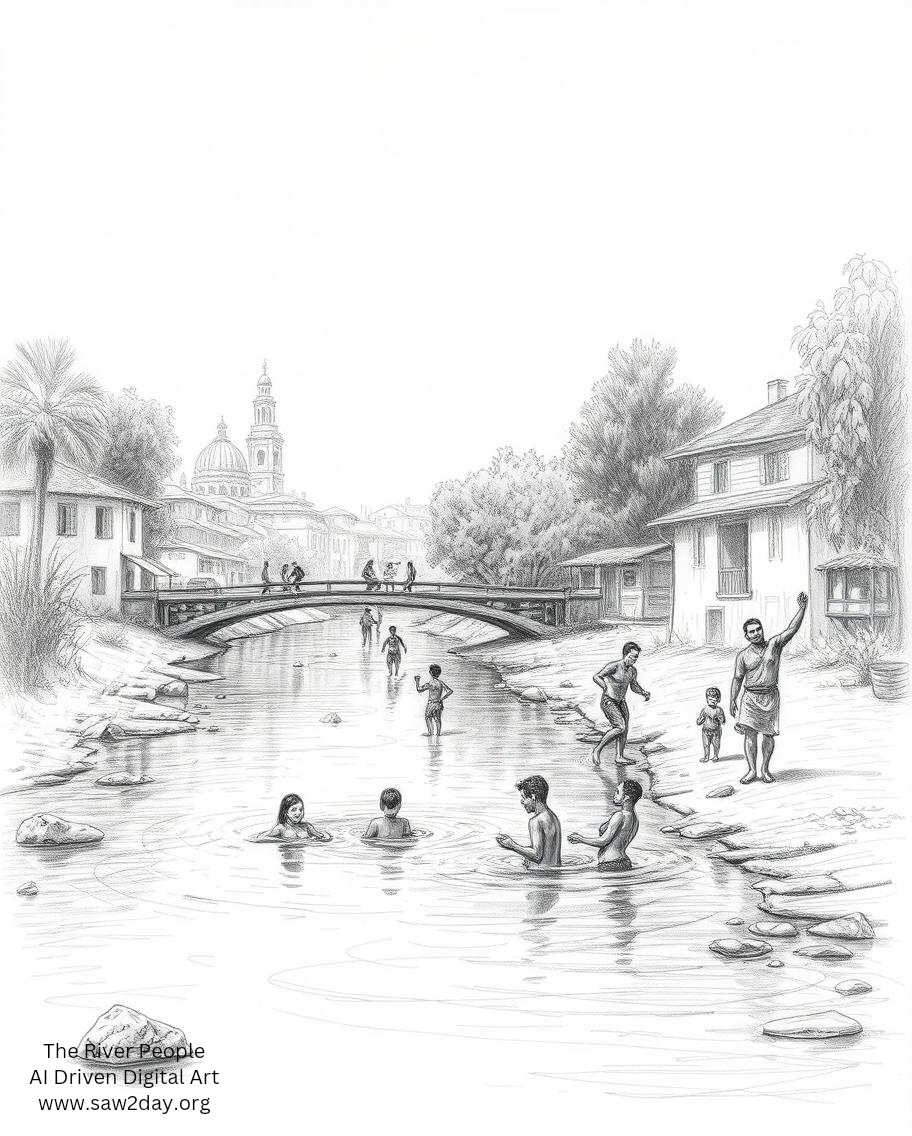





Traditional life near rivers has often revolved around water as a vital resource. Rivers provide essential elements for communities, such as water for drinking, irrigation, and transportation. Here are some key aspects:
Source of Water: Rivers provide fresh water for drinking, cooking, and sanitation, which is crucial for human survival. Communities often settled near rivers to ensure easy access to water.
Agriculture and Fishing: Rivers support agriculture by irrigating crops and providing fertile soil through natural flooding. Fishing is a common livelihood, as rivers are a rich source of fish and other aquatic life.




Transportation: In many traditional societies, rivers serve as natural highways. People use boats for travel, trade, and transporting goods between communities.
Cultural Practices: Rivers often hold spiritual significance in many cultures, where rituals, festivals, and ceremonies take place by the riverbanks. For example, in many Asian and African cultures, rivers are revered as sacred.
Housing and Architecture: Traditional homes near rivers are typically built on stilts or raised platforms to protect from flooding. The design helps keep homes safe during seasonal changes in water levels.
Daily Life: Washing, bathing, and gathering water are often communal activities done by the river, fostering social bonds within communities.
Urban Development: Many of the world’s oldest and largest cities, such as Cairo, London, and Paris, were founded along major rivers, using them for drinking water, transportation, and trade routes.
Overall, traditional riverine life is intertwined with nature, where rivers shape the economy, culture, and daily living. Rivers have shaped the physical, economic, cultural, and spiritual aspects of human life across time and geography.